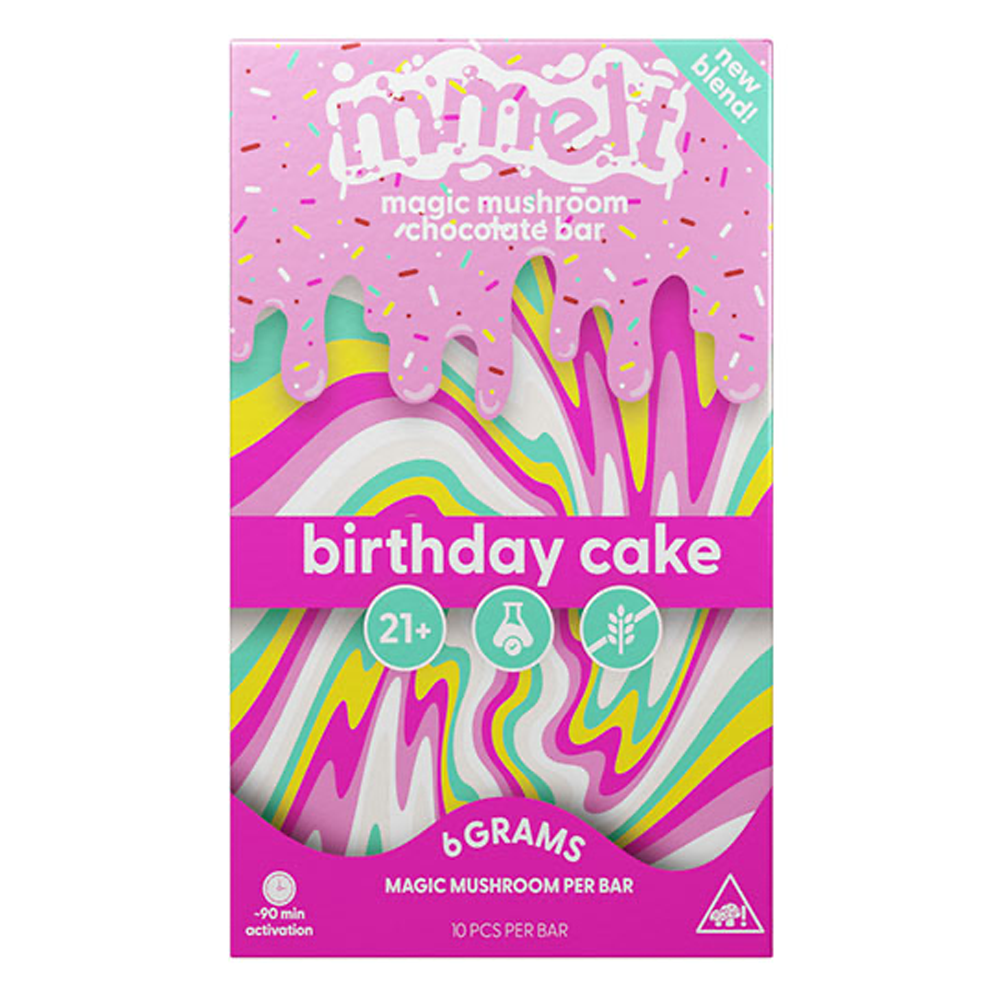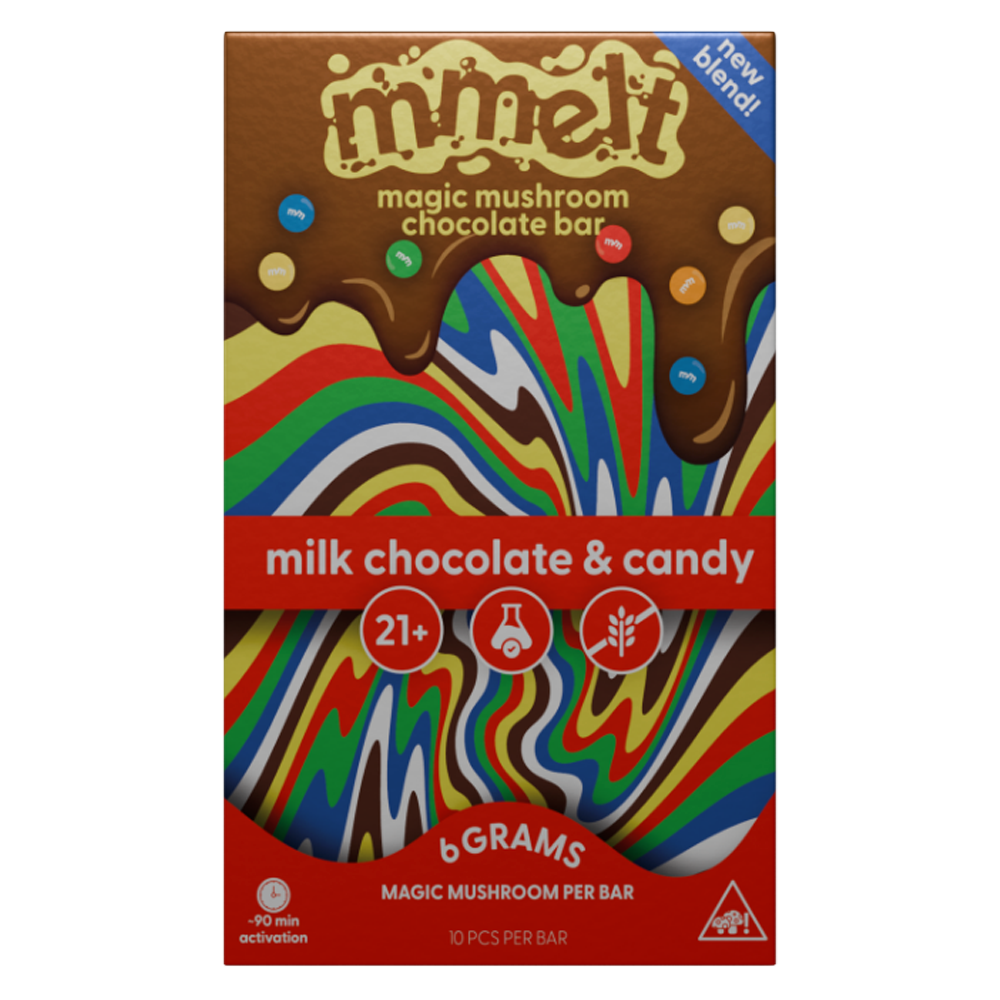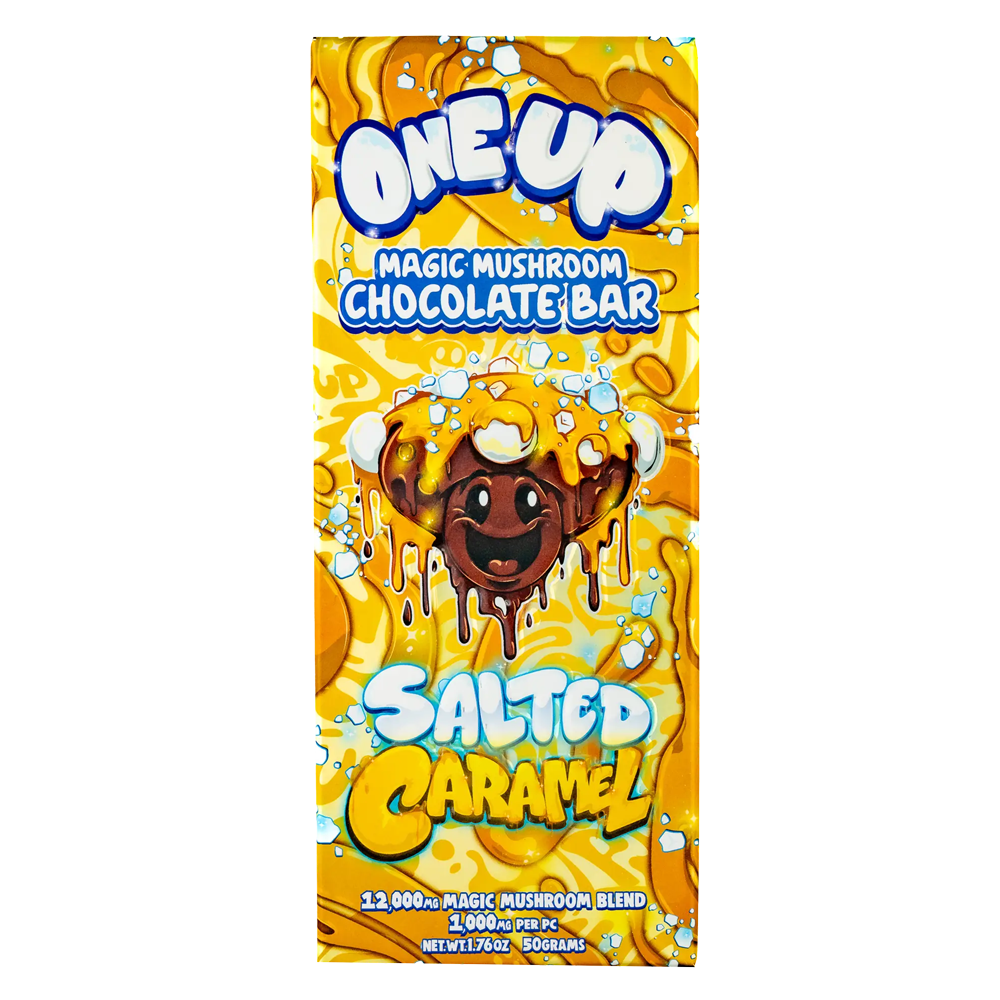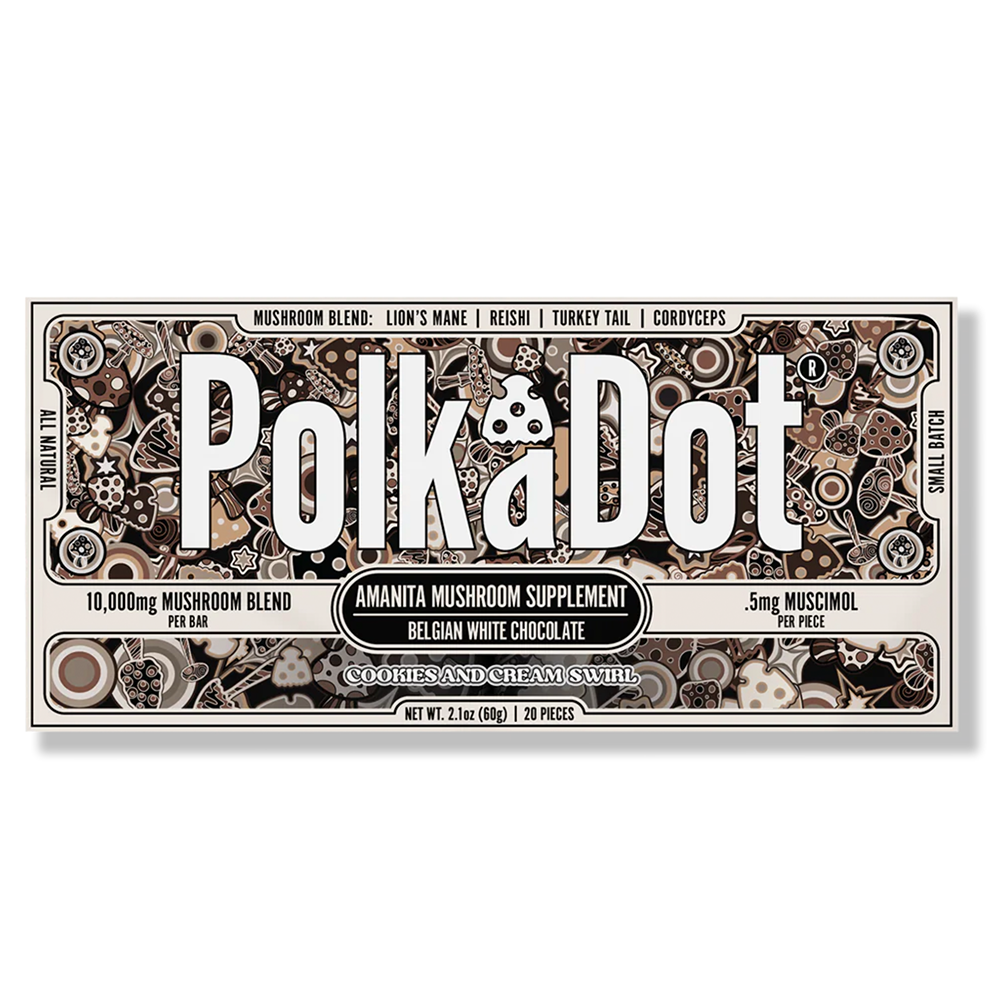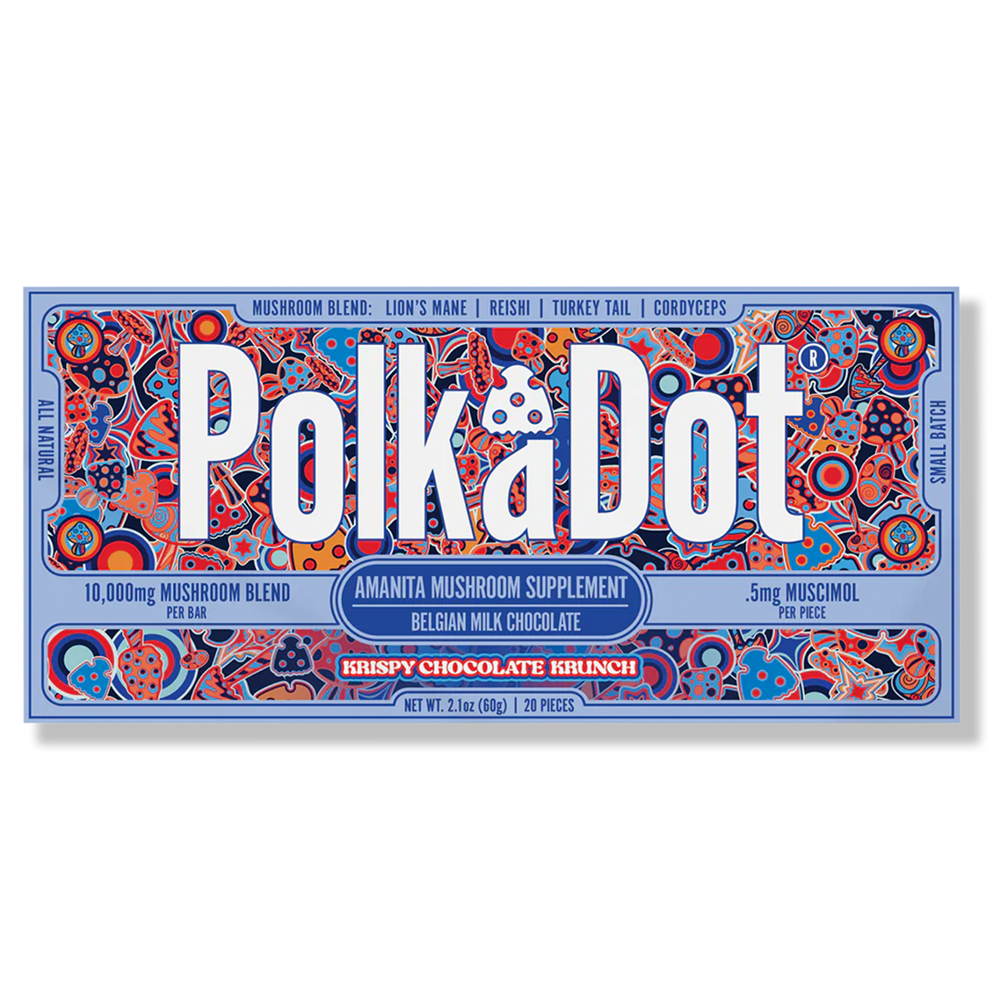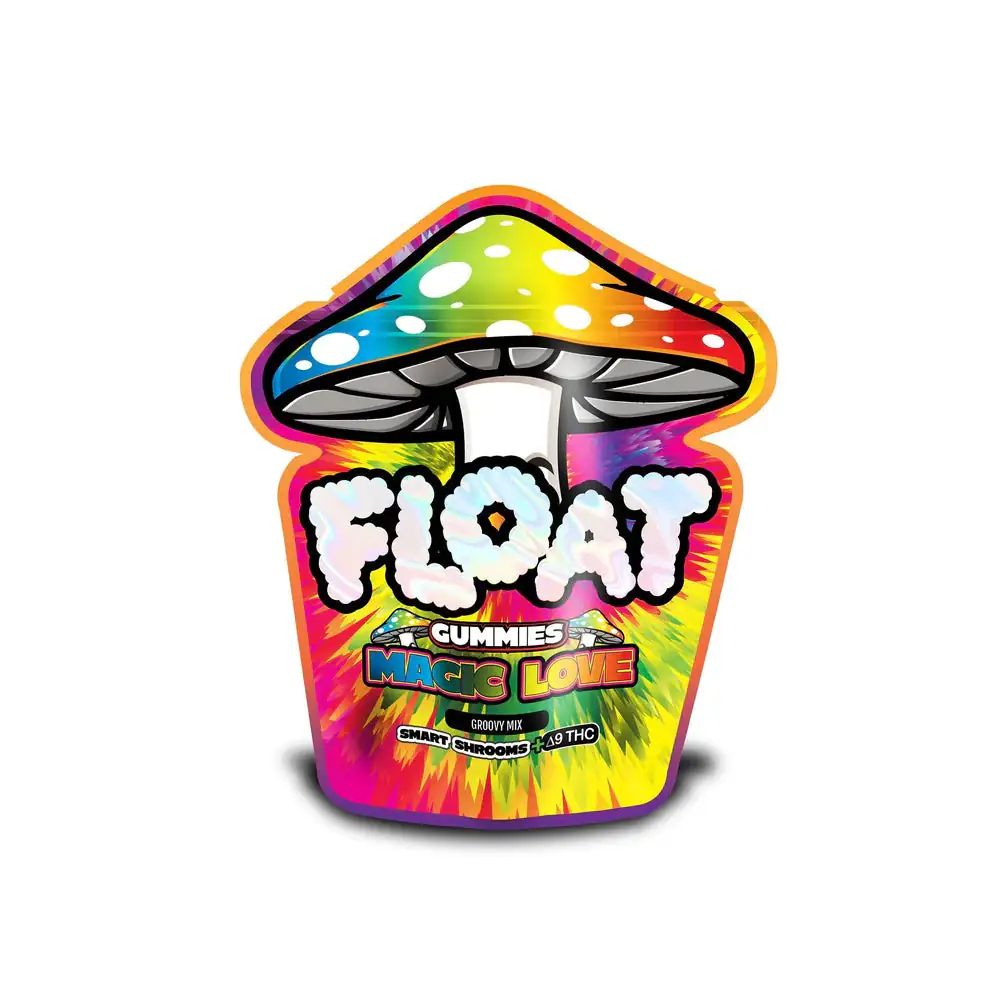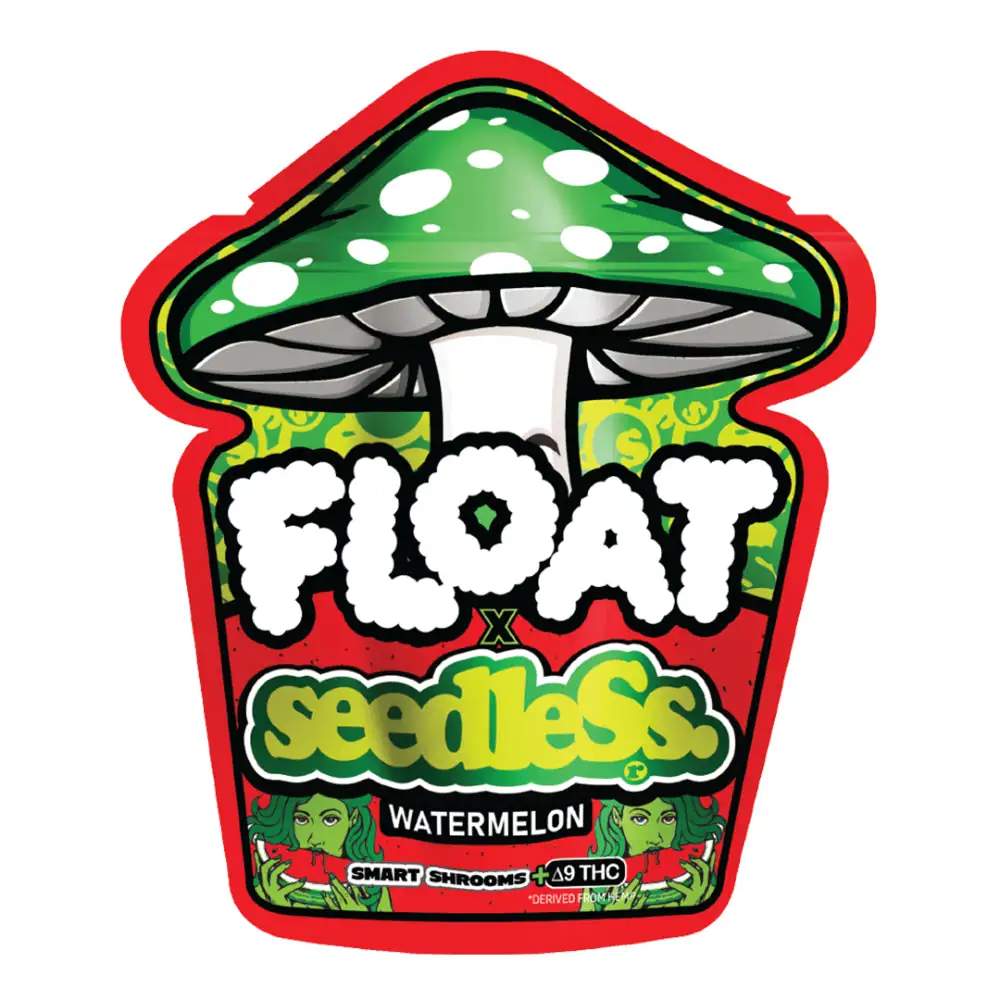When most people think of chaga mushrooms, they picture the classic black, crusty growth on birch trees. But did you know there’s a rare cousin with a lighter, almost white appearance that’s gaining attention for its unique benefits? Meet the white chaga mushroom. This fungi is a fascinating variation that’s been quietly thriving in northern forests and catching the eye of wellness junkies. In this blog, we’ll explore what white chaga really is, how it differs from the traditional black chaga, its health benefits, preparation tips, and how to get your hands on this natural powerhouse.
Whether you’re a mushroom fan or just curious about new herbal remedies, this guide has you covered.
What Is White Chaga Mushroom?
White chaga mushroom is not your everyday fungus. Unlike the more common black chaga—which looks like a dark, cracked chunk of charcoal growing on birch trees—the white chaga is lighter in color, often pale beige to off-white, sometimes with a creamy or even slightly yellowish hue. This unique coloration happens because white chaga is essentially an earlier growth stage or a different form of the same fungus species, Inonotus obliquus.
While black chaga develops as a hard, dark conk with a burnt-like exterior, white chaga’s texture is softer and less oxidized. You’ll often find white chaga still attached to its host tree or freshly harvested before it darkens. The white chaga tends to grow in colder climates, predominantly on birch trees across Russia, Northern Europe, Canada, and parts of the northern United States.
Scientifically, white chaga is the same species as black chaga but differs in how it manifests visually and chemically. Its appearance can sometimes confuse beginners, but the light coloration is a sign of freshness and minimal oxidation, which can affect the chemical profile and benefits.
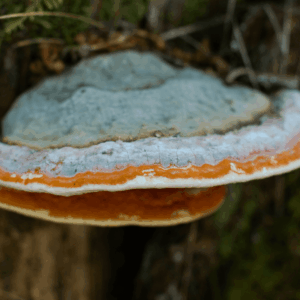
Health Benefits and Medicinal Properties of White Chaga
When it comes to health benefits, chaga mushrooms—white or black—have earned a solid reputation as a superfood for wellness. Both forms of chaga mushroom extract contain antioxidants, polysaccharides, and other bioactive compounds that support the immune system, reduce inflammation, and promote overall vitality.
White chaga is particularly prized for its antioxidant content. Antioxidants are molecules that help neutralize harmful free radicals in the body, which can otherwise lead to oxidative stress—a key factor in aging and many chronic diseases. Studies have shown that chaga mushrooms are loaded with polyphenols and superoxide dismutase (SOD), powerful antioxidants that contribute to skin health, cellular protection, and anti-aging effects.
Additionally, white chaga is known for its anti-inflammatory properties. Chronic inflammation underlies many health issues, from joint pain to heart disease. Regular consumption of white chaga extracts or teas may help modulate the body’s inflammatory response, potentially easing discomfort and supporting recovery.
Immune support is another hallmark of white chaga. It contains beta-glucans—complex sugars that can activate immune cells such as macrophages and natural killer cells. This immunomodulating effect means white chaga helps your body respond better to infections and maintain balance.
Traditional herbalists in Siberia and parts of Northern Europe have used chaga, including white chaga, for centuries to boost stamina, fight colds, and promote longevity. Today, research is catching up, confirming many of these uses through clinical studies and lab tests.
Some users also report benefits for skin health, thanks to the mushroom’s antioxidant and anti-inflammatory compounds. White chaga extracts are increasingly being incorporated into skincare products aimed at improving tone, texture, and reducing visible signs of aging.
In short, white chaga brings a potent mix of antioxidants, immune enhancers, and anti-inflammatory agents to the table, making it a versatile addition to natural health routines.
How to Harvest and Prepare White Chaga Mushroom
If you’re lucky enough to live near birch forests or know a trusted forager, white chaga harvesting can be a rewarding experience. However, it’s essential to approach it sustainably. White chaga grows slowly and plays a role in the forest ecosystem, so overharvesting can damage both the mushroom population and the trees.
Here are some key tips on harvesting and preparing white chaga:
- Harvest when fresh: White chaga is often best harvested when it still has its pale color before turning black like burnt charcoal due to oxidation. This means collecting younger growths or pieces still firmly attached to the tree.
- Sustainability matters: Only take a portion of the chaga conk, leaving enough behind for regeneration. Avoid damaging the host tree’s living bark.
- Cleaning: After harvesting, gently brush off dirt and bark without washing the mushroom, as excess moisture can spoil it.
- Drying: Air dry the pieces thoroughly in a cool, ventilated area until completely hard to preserve them.
- Preparation: White chaga can be ground into powder or sliced into chunks for tea brewing. Its flavor is often milder and less bitter than black chaga, making for a smoother tea.
- Brewing tips: Simmer white chaga chunks or powder in water for at least 30-60 minutes to extract the beneficial compounds. You can add spices like cinnamon or ginger for flavor.
Compared to black chaga, white chaga requires similar preparation but tends to offer a lighter, less astringent flavor profile, which some find more pleasant for regular consumption.
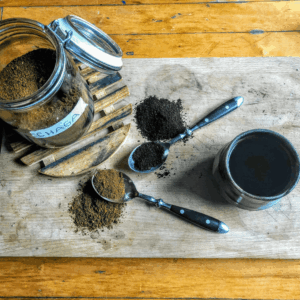
White Chaga Mushroom vs. Black Chaga: What’s the Difference?
Since black chaga is the chaga most people know, it’s helpful to break down the key differences so you can decide which one suits your needs best.
Visual and Physical Differences
Black chaga is dark, almost charcoal-like, with a rough and cracked outer surface. White chaga is pale, sometimes creamy or beige, softer in texture, and generally fresher-looking.
Chemical Composition and Potency
Both mushrooms contain polysaccharides, antioxidants, and betulinic acid, but the concentration can vary. White chaga, being less oxidized, may have higher levels of some nutrients but less of others that develop as the mushroom ages.
Taste and Aroma
Black chaga’s flavor tends to be earthy, slightly bitter, and robust. White chaga offers a milder, smoother taste with less bitterness, making it easier to drink without additives.
Health Benefits
Both share many medicinal qualities—immune support, antioxidant power, anti-inflammatory effects—but white chaga’s fresher state could mean a slightly different nutrient profile, potentially offering a unique balance of compounds.
Price and Availability
Black chaga is more common and easier to find commercially, while white chaga is rarer and can be more expensive due to its limited availability and harvesting challenges.
Which to Choose?
If you prefer a stronger, traditional chaga experience, black chaga might be your go-to. For a milder taste and potentially fresher compounds, white chaga is worth a try.

Where to Buy White Chaga Mushroom and How to Use It in Your Routine
With the rising popularity of functional mushrooms, white chaga has started to appear in specialty stores and online shops—but quality and authenticity vary. Here’s what you should know when buying white chaga:
- Look for wild-harvested and organic: Since chaga absorbs everything from its environment, it’s crucial to choose clean, sustainably sourced products free from contaminants.
- Forms available: You’ll find white chaga as raw chunks, powders, tinctures, and capsules. Raw chunks and powders are best for teas and DIY tinctures, while tinctures and capsules offer convenience.
- Check for transparency: Reliable sellers provide information on sourcing, testing, and harvesting practices.
- Suggested daily use: For tea, 1 to 2 grams of dried white chaga per cup is typical. Supplements vary—follow package guidelines.
- Incorporate into your routine: White chaga tea can be a calming ritual, perfect for mornings or evenings. It also mixes well into smoothies or coffee for an antioxidant boost. Some people even add it to skincare routines through topical serums or creams.
- Safety notes: While generally safe, start with small amounts to monitor your body’s reaction. Consult a healthcare provider if you’re pregnant, nursing, or on medication.
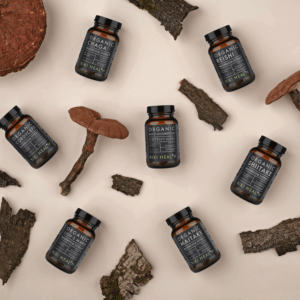
Final Thoughts
White chaga mushroom may be less known than its darker counterpart, but its unique qualities and potential health benefits make it a fascinating addition to the world of medicinal fungi.
Whether you’re drawn by its antioxidant power, immune support, or simply curious about a smoother, milder mushroom tea, white chaga offers a fresh take on an ancient remedy. Just remember to choose sustainably sourced products and enjoy the natural goodness it brings with every sip.
Frequently Asked Questions
1. What is Chaga mushroom good for?
Chaga mushroom is widely valued for its powerful antioxidant content, immune-boosting properties, and anti-inflammatory effects. It’s often used to support overall wellness, enhance skin health, reduce oxidative stress, and help the body better manage daily stressors. People also turn to chaga for its potential anti-aging benefits and its adaptogenic qualities, which may help maintain balance in the body during times of physical or mental stress.
2. What is white chaga?
White chaga refers to a lighter, earlier-stage form of the Inonotus obliquus mushroom—the same species that produces black chaga. It typically appears pale beige or creamy in color and is less oxidized, giving it a slightly different chemical profile. Though less common than the traditional black chaga, white chaga is prized for its mild flavor and potential for offering fresher, less degraded nutrients and antioxidants.
3. Who should not take Chaga mushroom?
While chaga is generally well-tolerated, it may not be suitable for everyone. People with autoimmune diseases, bleeding disorders, or those taking blood thinners, diabetes medications, or immunosuppressants should avoid chaga unless advised by a healthcare provider. Additionally, pregnant or breastfeeding individuals should consult a doctor before use, as there’s limited research on chaga’s safety for these groups.
4. What does Chaga mushroom do to the brain?
Chaga mushroom may offer neuroprotective effects thanks to its antioxidant and anti-inflammatory properties. These compounds help protect brain cells from oxidative stress and inflammation, which are both linked to cognitive decline. Some early research suggests that chaga could support mental clarity, focus, and overall brain health, but more studies are needed to fully understand its impact on cognitive function.
5. Is Chaga mushroom tea safe?
Yes, chaga mushroom tea is generally considered safe for most people when consumed in moderation. It’s been used for centuries in traditional medicine, especially in Siberia and Northern Europe, as a natural remedy for boosting immunity, reducing inflammation, and promoting overall wellness. That said, safety can depend on individual health conditions and how the tea is prepared.
Because chaga contains compounds that may affect blood sugar levels and blood clotting, individuals taking anticoagulants, diabetes medications, or immunosuppressants should consult a healthcare provider before drinking chaga tea regularly. It’s also a good idea for pregnant or breastfeeding individuals to err on the side of caution, as there’s limited research on chaga’s effects in these populations.
Another important factor is sourcing. Always use high-quality, wild-harvested chaga from reputable suppliers to avoid contaminants like heavy metals or mold. Overconsumption of chaga tea—especially in concentrated forms or large daily amounts—could potentially stress the kidneys due to its naturally high oxalate content.
In short, making your own chaga tea can be a safe, beneficial addition to your routine—but like any supplement, it’s best enjoyed responsibly and with awareness of any personal health risks.
6. How can I identify white chaga in the wild?
Proper chaga mushroom identification is crucial, especially when distinguishing between black and white chaga in natural settings. White chaga is typically found on birch trees and has a pale, creamy, or off-white appearance, often with a smoother texture than the more common black chaga. Unlike black chaga, which has a cracked, charcoal-like exterior, white chaga looks fresher and less oxidized.
When identifying white chaga, look for the following unique characteristics:
- Tree type: Birch trees are the most common hosts.
- Color: White chaga appears light tan, beige, or creamy yellow, especially when freshly grown.
- Texture: It tends to be softer and more pliable than black chaga.
- Growth location: Found protruding from the trunk or major branches, often at eye level or higher.
Foraging should always be done with caution so as to properly identify chaga fungus. If you’re unsure, consult a local mycologist or a trustworthy foraging guide to avoid misidentifying harmful fungi. Since improper chaga mushroom identification can lead to harvesting the wrong species (think: tree burls) or damaging the host tree, responsible and informed foraging is essential.





